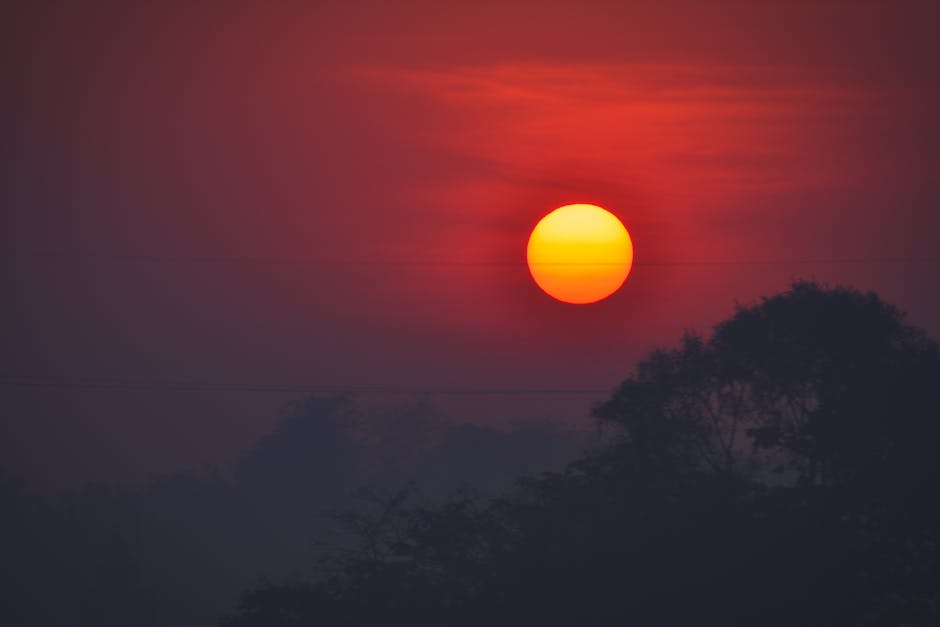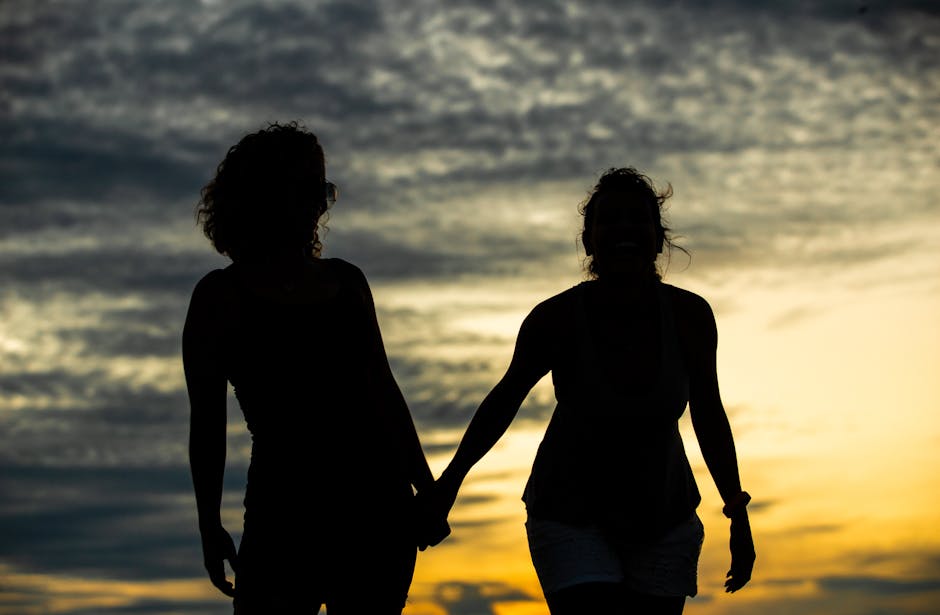The Best Times and Locations for Golden Hour Photography
Golden hour photography is one of the most beloved techniques among photographers, both beginner and professional. Why? It’s that magical time just after sunrise or before sunset when the lighting transforms everything into soft, golden hues, making your photos glow in a way that’s hard to replicate at any other time of day. If you've ever looked at a photo and wondered how the light managed to look so dreamy, chances are it was taken during golden hour.

When is Golden Hour?
Golden hour isn’t a fixed time, it changes based on where you are and what time of year it is. It generally occurs during the first hour after sunrise and the last hour before sunset. Because the sun is low in the sky, its rays scatter more, resulting in those warm tones and longer shadows that make everything look cinematic.
Now, if you're like most people, you might be thinking, "How do I know exactly when golden hour is where I am?" Thankfully, you don’t need to guess. Several apps and websites can help with this. One handy tool is Time and Date, where you can plug in your location and get precise timings for sunrise and sunset. Another great resource is the app "Golden Hour One" which lets you track golden hour anywhere in the world, especially useful if you're traveling.
The Best Times for Golden Hour Photography
If you're an early bird, catching the morning golden hour has its perks. Not only do you get that signature soft light, but there's also a calmness in the air before everyone else starts their day. The early morning version of golden hour can give your photos a sense of serenity that's perfect for landscapes or portrait shots where you want the mood to feel peaceful.
On the flip side, if you're more of an evening person (or simply don't love waking up at 5 AM) shooting during the evening golden hour can be just as beautiful. Evening light often feels warmer because it's paired with the setting sun. You might even catch some vibrant colors transitioning from gold to orange or even pink as the sun dips below the horizon.
One thing to keep in mind is that golden hour doesn’t always last exactly an hour. In places closer to the equator, it can be shorter because the sun rises and sets more quickly. In contrast, during winter months at higher latitudes (think Norway or Alaska), golden hour can stretch out much longer, giving you ample time to capture those golden hues.
Top Locations for Golden Hour Photography

When it comes to picking locations for golden hour photography, the best spots are often those with wide-open views and interesting features that play well with shadows and light. Here are a few location ideas to consider:
- Beaches: With an unobstructed horizon line and reflective water surfaces, beaches are prime spots for catching every last ray of golden light. Coastal locations like Malibu in California or Bondi Beach in Australia offer breathtaking sunset scenes that make every shot look almost surreal.
- Mountains: Whether you’re at lower elevations looking up or high in the mountains looking down over valleys below, mountains provide dramatic backdrops during golden hour. Imagine capturing a shot of Mount Fuji glowing under soft orange light, definitely worth an early wake-up call!
- Urban Settings: Don’t underestimate cityscapes for golden hour photography! The light reflecting off buildings creates dynamic contrasts between shadows and highlights. Skyscrapers in cities like New York or Dubai take on a completely different character when bathed in warm light.
- Parks and Forests: Golden hour filtering through trees creates a mesmerizing effect known as "God rays." Forested areas like Olympic National Park in Washington State or Black Forest in Germany can feel like fairy-tale settings when lit by soft sunlight peeking through branches.
- Lakes and Rivers: Water bodies reflect light beautifully during golden hour, doubling your chances of capturing something stunning. Consider places like Lake Bled in Slovenia or Lake Tahoe on the California-Nevada border for mirror-like reflections at sunset.
The key is finding locations where natural elements like water, trees, or hills interact with the changing light. Experimenting with different compositions (whether placing your subject against the sky or framing them with shadows) will allow you to maximize those brief but precious moments of golden illumination.
Tips for Shooting During Golden Hour
You’ve got your timing down and you've picked your location, now it’s all about getting that perfect shot! Here are a few practical tips to help you make the most of golden hour:
- Use Manual Mode: Shooting manually gives you control over how much light hits your camera’s sensor. Since lighting conditions change quickly during golden hour, adjusting your exposure settings (ISO, aperture, shutter speed) on-the-fly helps ensure your photos don’t come out too dark or too bright.
- Play with Silhouettes: Positioning your subject between your camera and the sun allows you to create stunning silhouettes against that glowing backdrop. This works particularly well when photographing people or recognizable structures like trees or buildings.
- Add Reflectors or Diffusers: While natural light does most of the work during golden hour, using tools like reflectors can bounce extra light onto your subject's face if they’re backlit by the sun. Alternatively, a diffuser can soften any harshness if needed.
- Shoot in RAW Format: Since lighting changes quickly during this time of day, shooting in RAW format gives you more flexibility when editing later on. You’ll have greater control over adjustments like exposure or white balance without sacrificing image quality.
- Move Quickly: Golden hour doesn’t last long! Have an idea of what shots you want before arriving at your location so you're ready to shoot as soon as conditions are ideal.
Preparation
If there's one takeaway here, it's that preparation goes hand-in-hand with creativity when it comes to making the most of golden hour photography. Whether you're snapping portraits at sunrise or landscapes as dusk settles in, being mindful of timing and location will help elevate your shots from good to extraordinary. Keep experimenting with different angles and compositions, you'll find that each session offers something new depending on how you use the available light.
The next time you're itching to take some photos around sunrise or sunset, remember: this fleeting moment offers some of nature’s finest lighting and it’s there waiting for anyone willing to chase it!